Dec
19
2013
Just this week the Canadian government has transferred the responsibility of evaluating the impact a pipeline would have on fish and habitat from the department of fisheries to the National Energy Board. In addition Kinder Morgan has made application to the NEB ,on the same day, to expand the Trans Mountain pipeline. It seems to me they were waiting for this change before submitting their application.
The full size of this image is 60cm x 60cm. It’s a confusing mix of information as is the entire fossil fuel chain from extraction to consumption. There is also a very complicated relationship between Washington, Alaska, British Columbia and Alberta when it comes to energy. Many people drive across the Canada U.S. border to buy gas that may have originated in Alberta and crossed the border at Sumas via pipeline or in one of the 700 giant tankers that plied the BC coast from Alaska. Oil from Alberta is refined in Washington state and trucked back into Canada to fuel jets at YVR. Many things can be said for and against fossil fuels one thing I don’t understand though is the apparent drive to burn it all in one generation for profit.

no comments | tags: Kinder Morgan, NEB, Pipeline | posted in Art observations, Photography
Dec
8
2013
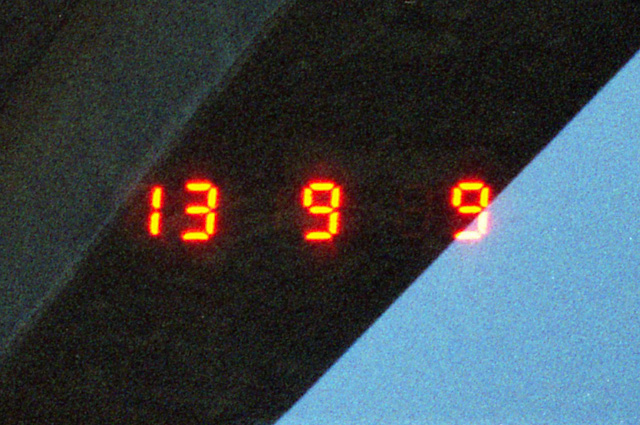
What does imprinting the date on a film picture have to do with taking pictures with cell phones you may ask and I just assumed you would? Well it illustrates in an orange numerical glow that taking and having a photo means different things to different people. Some might recoil from the notion that their image of a beautiful flower was marred by something so intrusive while another might think didn’t the flowers look nice that year. It’s the same with cell phone pictures some might think why would I want to use an inferior medium to record this moment where someone else might think I’m just glad to have a fragment of this moment that I can remember and share. As technology moves forward the quality of the captured image (I’m not talking art here) has been improving so that there becomes less and less of a compromise in choosing to use a cell phone to record moments. It is after all the camera that many already have with them. Most pictures are taken with the intent of sharing an experience or affirming our existence not to create some deep meaning image that will alter the world, so go ahead and turn the date stamp on that old film camera and add that Instagram filter to that shot, you know you want to.
no comments | posted in Art observations, Photography
Dec
2
2013
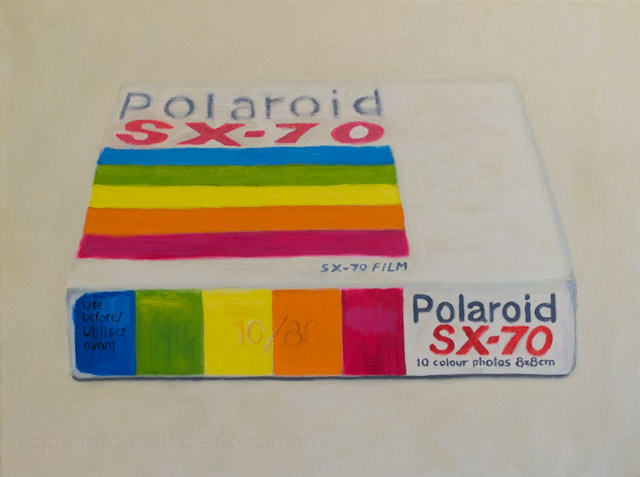
This painting has been sitting waiting to be finished for far longer than I care to admit. Now that its done I want to move on to something new and what currently interests me. I have the canvas, I have the paint and I have the image in my mind, time is what I need.
This particular painting is part of an ongoing series of images of cameras and film that I have been doing. It began with “Made in Occupied Japan” which was included in the first Fraser Valley Biennale and from time to time since I have done a painting that fits in the series. Yes I realize in posting these, I am photographing paintings of things that relate to taking photographs that I sometimes use for paintings, but thank you for pointing that out.

no comments | tags: Painting | posted in Art observations, Painting
Aug
31
2013
Digital photography has a subset where some people seem to spend as much or more time worrying about their gear as actually taking pictures. It’s as if the acquisition of some new camera or lens will solve all their problems. Or time is spent arguing over some minor improvement that apparently renders everything previous obsolete, maybe they should delete all the pictures they took with such inferior equipment. A part of this obsession is focused (pun alert) on the resolution and pixel level sharpness of images apparently with no regard to how it would look printed and viewed. I recently spent some time looking at what are considered important photographs in a Sotheby’s auction catalogue and a large amount of them are anything but sharp or blur free. Part of the drive towards image sharpness may be the use of large prints in contemporary art. Photographers such as Jeff Wall, Andreas Gursky, and Gregory Crewdson create giant prints which are impressive to see in person, why wouldn’t you want to achieve that sort of image. The thing is you aren’t likely to no matter what camera you use. There are reasons images like these are impressive and it isn’t an accident, real work went into creating them including planning and a concept which doesn’t come with the latest model of camera.
I’m not immune from falling into this trap I’ve wasted more than my fair share of time evaluating camera gear instead of creating or enjoying the work of others. I’m not railing against new cameras, I want the latest greatest too (also the oldest and worst), but having it shouldn’t be necessary to create art. In this photo by Ruth Orkin “American girl in Italy” what’s more important how detailed the image is viewed close up or the content?
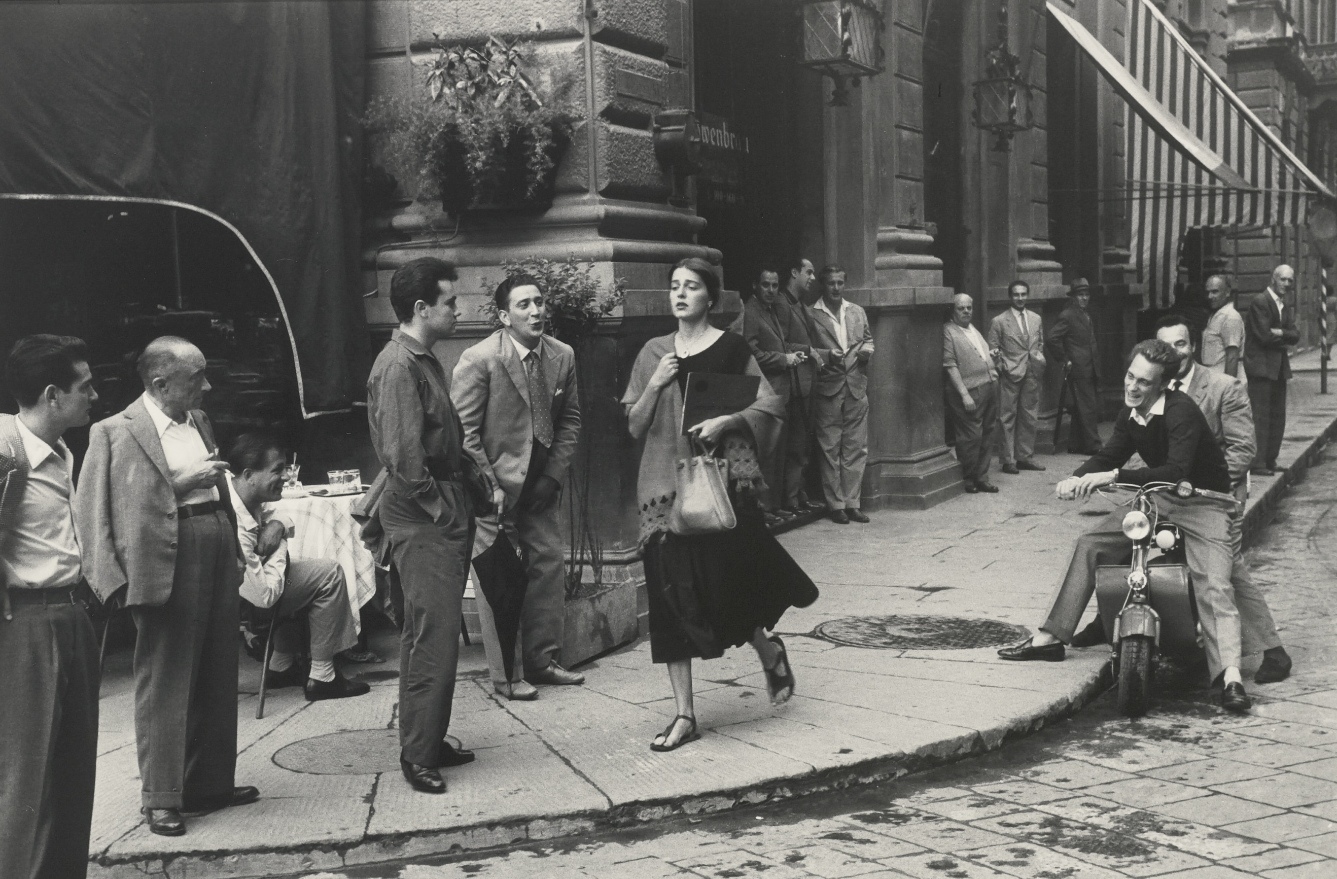
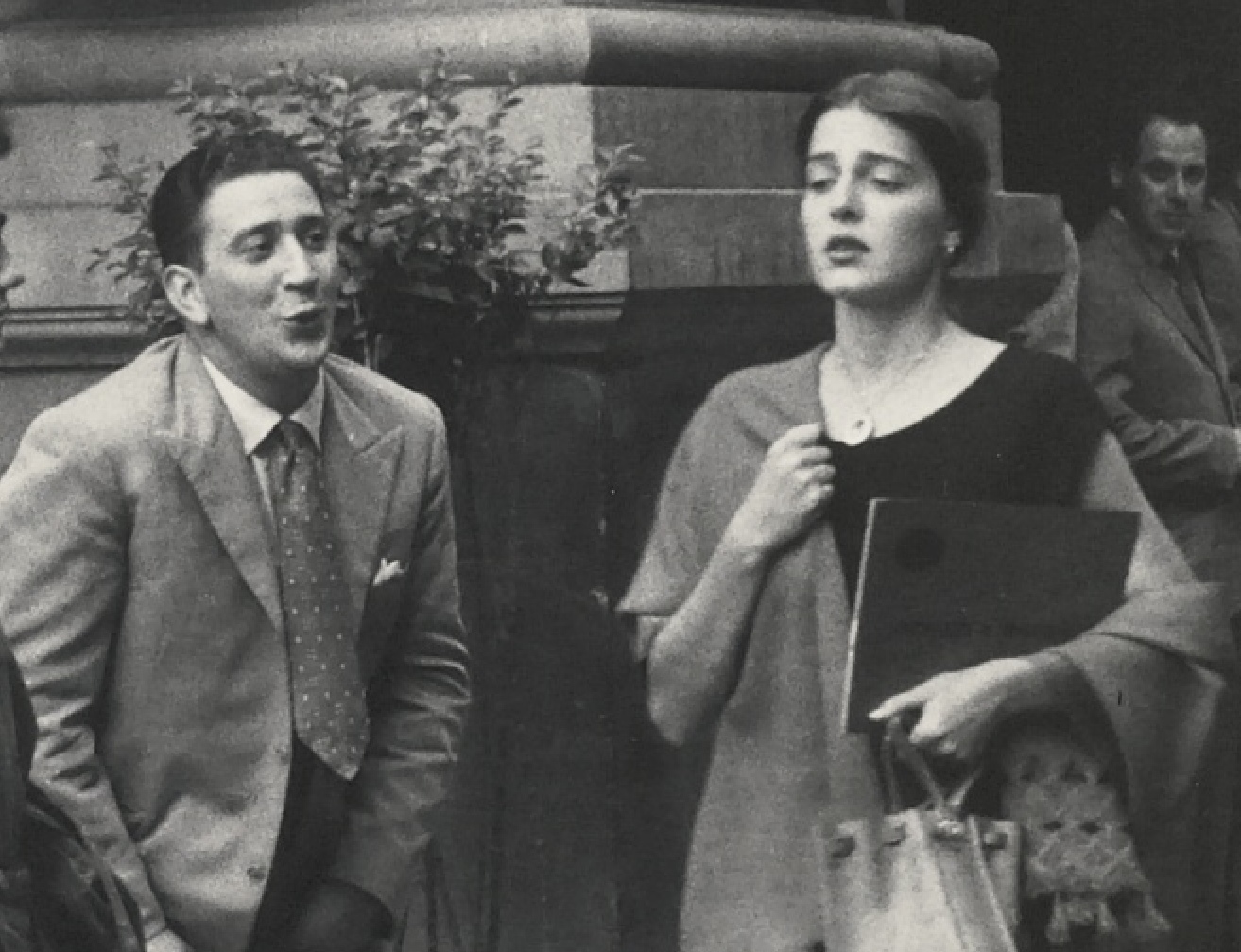
My advice for anyone that finds themselves thinking that maybe they need a new camera or lens is to spend an equal amount of time looking at great photographs from other people and you may soon find out they didn’t even use equipment that matches what you already have.
2 comments | tags: Digital, Photography | posted in Art observations, Cameras
Jul
25
2013
Today I get to deliver one of my photographic prints to the Kariton Gallery for the 2nd Fraser Valley Regional Biennale I’m especially looking forward to seeing all the different work from the other artists that have been selected.
The work of mine is titled “Pipeline Crossing”. The piece is part of my exploration of our relationship with fossil fuels and their impact, as the pipeline seems to precariously cross the sky. The scale is hinted at with the human sized ladders.
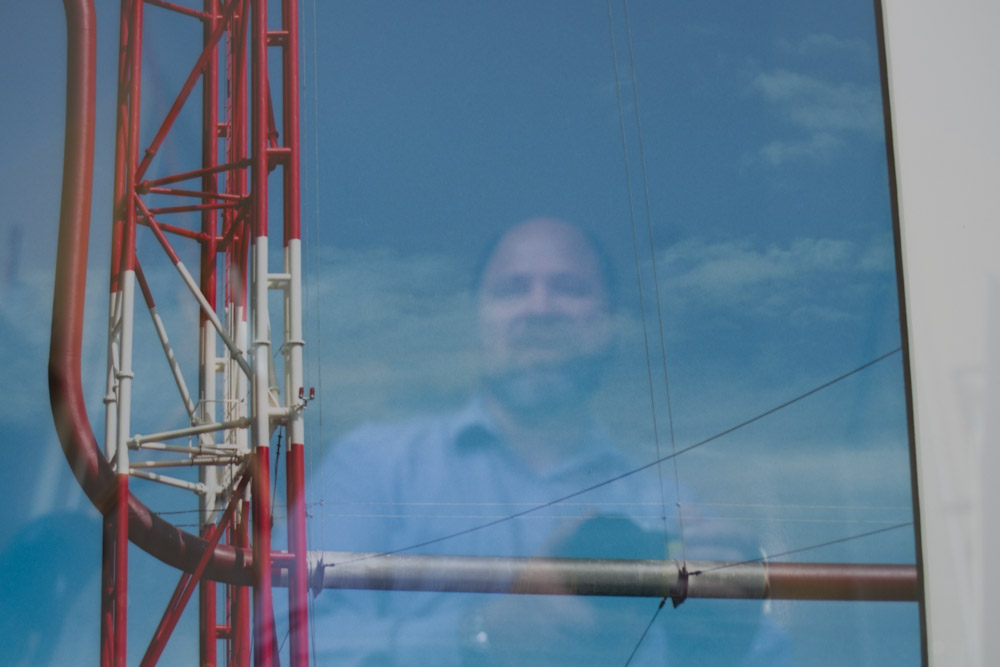
If you would like to see the full picture (without my goofy visage) as well as all the other art please visit the Kariton Gallery during the Biennale and if you can at the opening reception on Sunday July 28th 1-4pm
On the technical side the physical print is 40cm x 58cm and is a digital archival print from a scan of 35mm Kodak Ektar 100 film. It was printed skillfully at Abbotsford Lens and Shutter and professionally framed at Abbotsford Art Gallery where they do a fantastic job.
I was also a participant in the 1st Fraser Valley Biennale at the Reach Gallery with one of my oil paintings “Made in Occupied Japan”
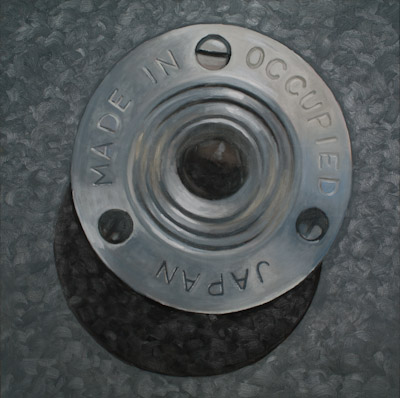
2 comments | tags: art, gallery, Photography | posted in Art observations, Photography
Jul
19
2013
Convert Whalley into a city center, that’s the plan anyway. The City of Surrey (in British Columbia) wants to convert what is a rundown neighbourhood of old houses and businesses that the owners seemed to have stopped maintaining decades ago into a new urban center. They are so committed to this its hard to believe they wont. The City has even built its new city hall right in the neighbourhood and with the skytrain stops it seems possible. Not everyone will be happy about this but much of the good aspects of the area have long ago gone and renewal may be what’s needed.
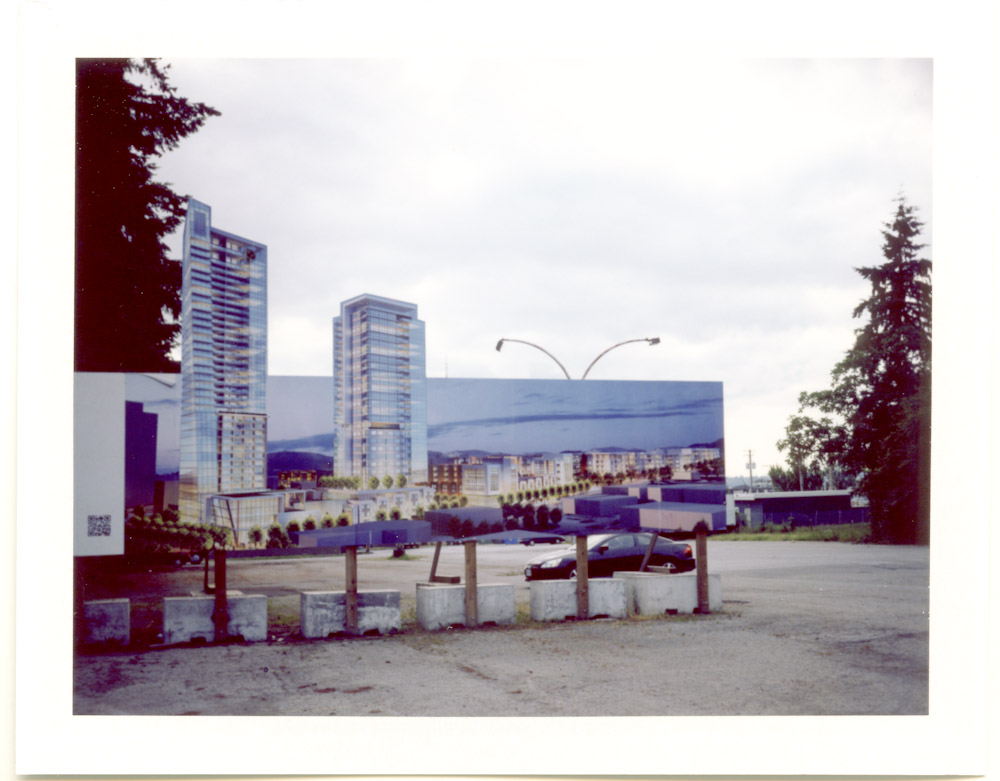
no comments | posted in Art observations
Jul
11
2013

There once was a girl online
Whose pictures where quite fine
Until she adopted a cat
And posted pictures of that
Now her requests to follow are declined
3 comments | tags: poem, poetry | posted in Art observations
Jul
5
2013

Is it natural to reveal
In a mirror pose set
To strangers how you feel
I don’t recall how we met
Have we shared a meal
Was it the Internet
That image is surreal
The one of the cassette
With the 1970’s appeal
3 comments | posted in Art observations
Jun
29
2013
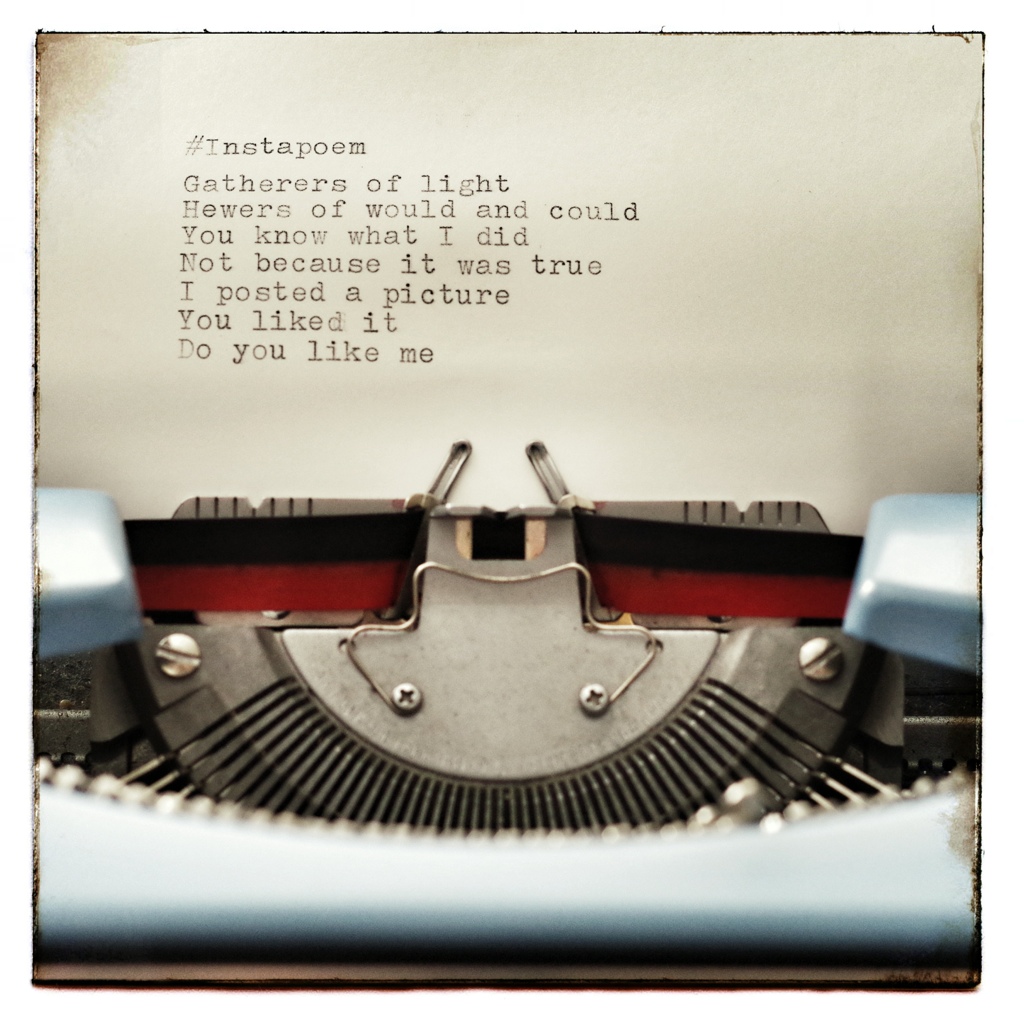
Gatherers of light
Hewers of would and could
You know what I did
Not because it was true
I posted a picture
You liked it
Do you like me?
3 comments | posted in Art observations
Apr
20
2013
Photography is a visual language that can communicate a range from emotions to simple facts, but photography isn’t quite as straightforward as it seems. Yes at its core is a representation of the reality in front of the camera, but what you frame and what you exclude determines how the image may be read. The key is ‘may be read’ because even more than words photographs are open to the interpretation of the viewer. This fact was highlighted for me recently while reading some commentary on the internet about a court case regarding the sale of an Eggleston print. Many people seemed unaware of Eggleston’s work and couldn’t imagine why anyone would want a print of a tricycle let alone pay large sums of money for it.
I think that some of the misunderstanding comes from a reading of the image from our moment in time and a failure to see it in the context of the time it was created. In this age of the cell phone image its hard to imagine the break from the past that was occurring when Eggleston and a few others embarked on an expansion of the photographic lexicon, bringing colour in.
Thank you Mr. Eggleston, there is some great further reading at the Eggleston Trust. And now for some of my own banality taking with my Pentax K-7
We may be numbed by the volume of imagery around, and this is even stronger for those of us that look at thousands of images on purpose, but it’s through the reading of many images that you develop a keen sense of the language. And it’s through understanding the language that you are better able to articulate your vision.
3 comments | posted in Art observations, Composition, Photography
































